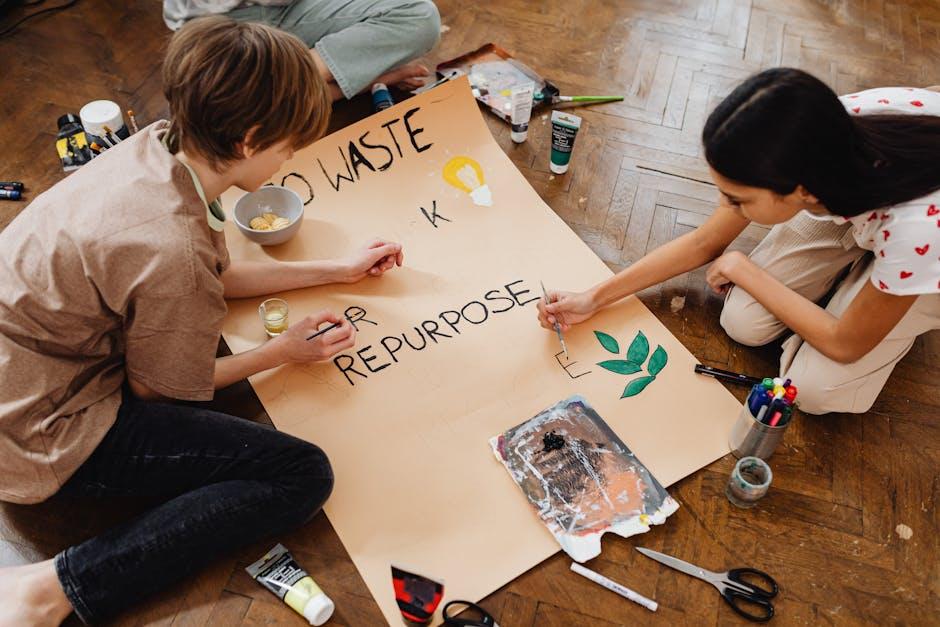
Repurposing Urine Into a Valuable Biomaterial Could Benefit Dental Implants, and Construction
The concept of sustainability in modern science is rapidly evolving, driving researchers to explore creative and unconventional resources that could transform industries. One such surprising yet promising resource is human urine. Far more than a waste product, urine contains compounds that can be repurposed into high-value biomaterials with remarkable applications in dental implants and construction. This innovative approach heralds a greener future that leverages renewable bioresources to create environmentally friendly and efficient products.
Understanding Urine as a Source of Biomaterials
At first glance, urine might seem like an unlikely candidate for biomaterial development. However, it is composed of a complex mixture of organic compounds, minerals, and nitrogenous waste products. Biomaterial scientists are focusing on extracting key elements such as urea, phosphates, and calcium from urine to create advanced materials. These components, when chemically processed and combined with other substrates, have impressive structural and bio-supportive properties.
Key Chemical Components in Urine Used for Biomaterial Production
- Urea: Acts as a nitrogen source and can be converted into biopolymers or cross-linkers in composite materials.
- Calcium and Phosphates: Essential for producing hydroxyapatite, mimicking the mineral component of human bone.
- Creatinine and other organics: Provide additional bioactive compounds for specialized applications.
Benefits of Repurposing Urine in Dental Implants
Dental implants require materials that are biocompatible, durable, and promote bone regeneration. Urine-derived biomaterials can address these needs due to the following benefits:
- Enhanced Osseointegration: Hydroxyapatite synthesized from urine minerals closely resembles natural bone composition, improving implant integration.
- Biocompatibility: The bio-sourced nature reduces immune rejection and supports cell proliferation around the implant.
- Cost Efficiency: Utilizing a renewable waste stream cuts down material costs and decreases reliance on synthetic compounds.
- Environmental Impact: Recycling urine reduces waste and environmental pollution.
Case Study: Biomimetic Dental Implants
Researchers at leading biomaterials laboratories have successfully created porous hydroxyapatite coatings using urine-derived phosphates. These coatings have demonstrated superior bone bonding capabilities in clinical trials, accelerating healing times and improving implant longevity.
Advantages in Construction Industry Applications
The construction sector is among the highest consumers of natural resources and producers of waste. Incorporating urine-derived biomaterials into construction materials encourages sustainability while maintaining functionality. Here’s how:
- Eco-friendly Cement Alternatives: Urea-based compounds can improve the strength and curing time of concrete.
- Bio-Concrete: Biomineralization processes encouraged by urine components favor self-healing concrete that seals its own cracks.
- Reduction of Carbon Footprint: Utilizing urine minimizes the need for energy-intensive traditional cement and mineral extraction.
- Wastewater Management Integration: Combines construction material production with sustainable waste recycling systems.
Innovative Processes for Extraction and Application
To maximize the potential of urine in biomaterial production, scientists have developed extraction and purification techniques that are efficient and scalable. These include:
- Membrane Filtration: Separates minerals and organic compounds with precision.
- Controlled Crystallization: Enables the formation of pure hydroxyapatite and urea-based polymers.
- Biofabrication: Utilizes 3D printing and additive manufacturing for custom dental implants and construction components.
Comparative Table: Conventional vs. Urine-Derived Biomaterials
| Factor | Conventional Biomaterials | Urine-Derived Biomaterials |
|---|---|---|
| Source | Mineral Mining / Petrochemical | Renewable Human Waste |
| Environmental Impact | High Carbon Emissions | Low Carbon Footprint |
| Cost of Production | High | Moderate to Low |
| Biocompatibility | Good | Superior for Bone Applications |
| Material Performance | Stable | Improved Osteointegration & Self-healing |
Practical Tips for Integrating Urine-Derived Biomaterials
If you’re involved in research, clinical application, or construction management, consider these practical suggestions for implementing urine-based biomaterials:
- Partner with Biotechnology Labs: Collaborate with specialists developing extraction and synthesis technologies.
- Invest in Pilot Programs: Start small-scale projects to test urine-derived materials under real-world conditions.
- Educate Stakeholders: Raise awareness about safety, efficacy, and environmental impact to build support.
- Establish Collection Systems: Ensure systematic collection of urine for industrial-scale usage, focusing on hygiene and contamination control.
- Stay Updated on Regulations: Comply with health and environmental standards governing biomaterial production.
Looking Ahead: The Future of Urine in Sustainable Materials
With sustainability becoming an ever-more pressing global priority, the repurposing of urine as a biomaterial is undoubtedly gaining traction. Advances in biotechnology, material science, and environmental engineering will further unlock the enormous potential of urine. We could soon witness widespread applications in personalized dental implants promoting faster recovery, and green construction materials that reduce carbon footprints worldwide.
Though the idea of transforming urine might feel unconventional today, tomorrow it might be a cornerstone in building a cleaner, more sustainable society.
Conclusion
Repurposing urine into valuable biomaterials represents a paradigm shift in how we view waste and resources. The dual benefits of sustainability and improved material performance make urine-derived biomaterials a compelling innovation for dental implants and the construction industry. As research matures and production methods become cost-effective, this eco-friendly approach promises to redefine biomaterials and advance a circular economy. Embracing such groundbreaking technology today lays the foundation for healthier dental care and greener buildings tomorrow.


